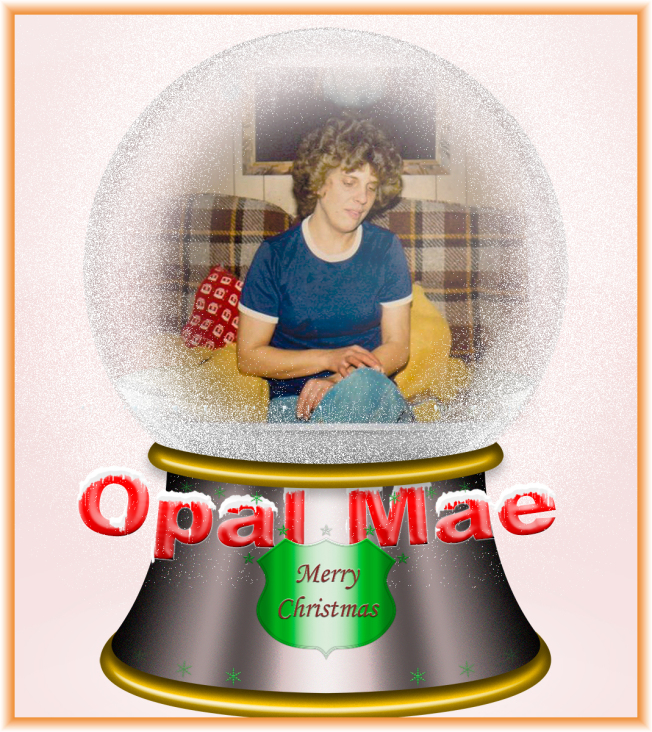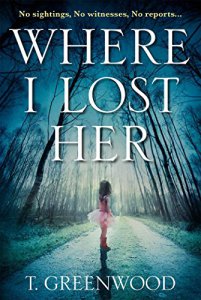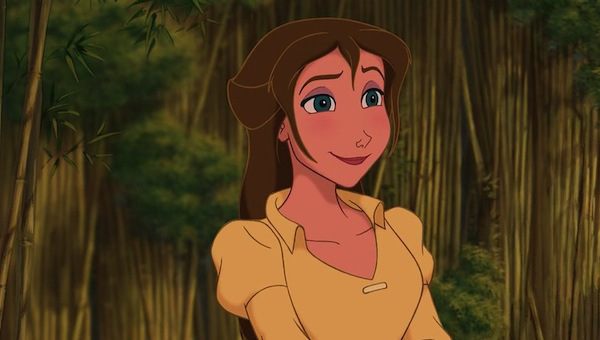Let us not forget: JUMA & BIBI baby bull Juma & Bibi (p. 263-264) who both died tragically;
Let us not forget: OLMEG (p.266) who was the first and most likely the only baby elephant to share Jill’s bedroom. And despite the work it had taken to fluff up the floor with a “bed of hay” the orphaned calf continued to have a preference to sleep on Jill’s bed.
And so it came to be that “looking after Olmeg” was the “turning point” (p.267) for the beginnings of The David Sheldrick Wildlife Trust. For it was then that Daphne and Jill realized that in order to “hand rear elephant orphans” they would most certainly need to be “better equipped” (with “elephant accommodations, milk supplies and keepers.” P. 267) to welcome their little charges.
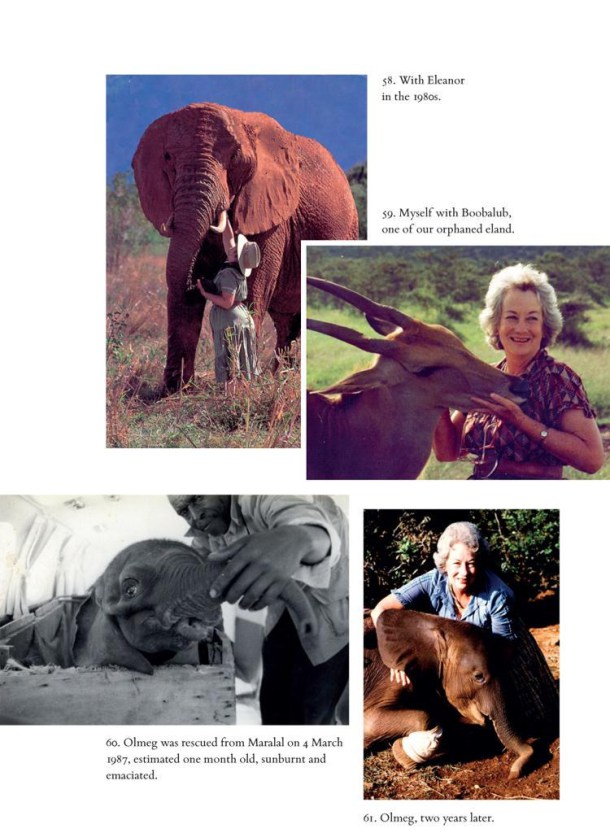
Images: Posted on CC Flickr : 7 Photos : all copyrights held by Macmillan Books : Dame Daphne Sheldrick Family from the book: Love, Life, and Elephants by Dame Daphne Sheldrick
Let us not forget: OL JORI, “the little bull calf” (p. 268) who would become one of Eleanor’s special charges. Eleanor was especially reluctant to release him from her care after he became hurt (p.283) and it was necessary to return him to the nursery at the elephant orphanage.
Let us not forget: NDUME & MALAIKA who were rescued from an incident of human-elephant conflict (p.277) and MARY who would join “Eleanor’s unit” when she was rescued at age 10 after her owners, at the Safari Club in Nanyuki, had consented and vowed they would not ship her off to “a zoo in America”. (p.289)
Let us not forget: DIKA & EDO The rescue of little Dika (covered with the thorn punctures of a thicket of acacia bushes from which he subsequently dashed through to escape “the killers” as they were taking “the life of his mother” p.276) created enormous concern. It was not the “sepsis of his puncture wounds” that kept his keepers worried but the psychological wounds Dika would exhibit when the little bull elephant grieved endlessly “for his lost family” as it definitely affected his overall health.
It was not until the arrival, three months later, of Edo that Dika came around. Edo was orphaned at age 6 months after his mother consumed plastics and various inedible objects from an Amboseli National Reserve “rubbish bin”. Upon Edo’s arrival at the elephant orphanage he subsequently “collapsed”. (p.277) But for some instinctive reason Dika responded to Edo’s distress, encouraging the little bull to struggle onto his feet and “take milk”. Dika even demonstrated the suckling from a “hand held bottle” and “much to our joy, after that he never looked back.” (p.277)
About the time that orphan TARU (p.268) arrived a keeper with “a magical and mysterious empathy” was recruited. Mischak Nzimbi was a rare soul, having the ability to “persuade an elephant who had given up the ghost and simply wanted to die to make the effort to live.” (p. 267) An elephant whisperer of sorts and a very special and kind man. (see: “Every Minute of My Day Revolves Around Elephants”: Meet the Man Who is Dedicating His Life to Elephant Orphans as Head Keeper at David Sheldrick Wildlife Trust’s Rehabilitation Unit at Ithumba in Kenya, Africa)
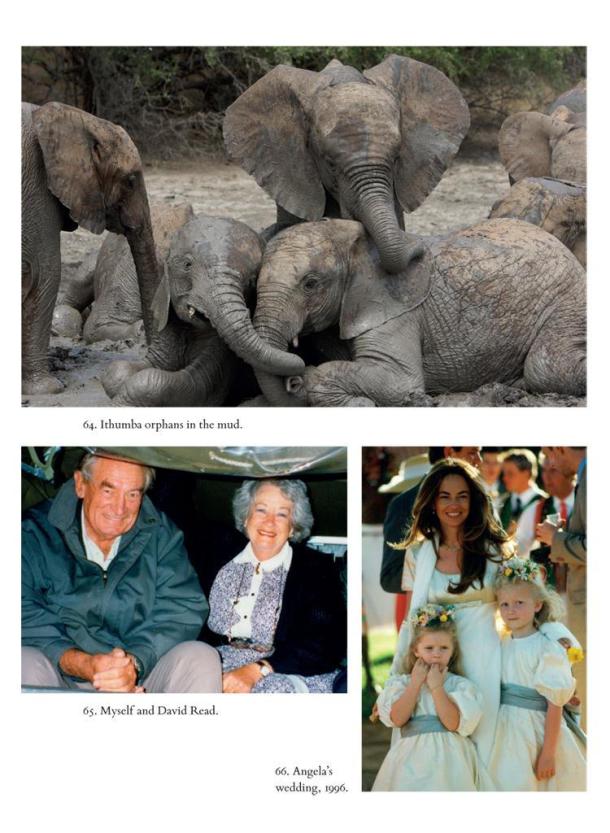
Images: Posted on CC Flickr : 7 Photos : all copyrights held by Macmillan Books : Dame Daphne Sheldrick Family from the book: Love, Life, and Elephants by Dame Daphne Sheldrick
Then there is EMILY who at the tender age of one-month had fallen into a “disused pit latrine near the Manyani prison camp”. (p.287) And even after being retrieved from the “foul-smelling” pit and returned to her mama, the mother elephant “failed to recognize” the smelly “apparition” before her and, sadly, flung her baby calf away before promptly taking off. (p.287)
After a period of time Emily would recover both emotionally from the abandonment and physically from her “stomach problems”. And with her experience she seemed to understand the most how a baby elephant came to “be with us” at The David Sheldrick Wildlife Trust. So it was no surprise when Emily became “the first of our nursery-reared elephants to present us with a wild-born calf”. (p.287)
- Read The Story of Gulliver (p. 197-199) the “little calf” so named “because he had the hairy, wizened look of a little old gnome” who was given to Eleanor to save, despite the “monumental tantrums” (p.198) of Bukanezi. Orphaned elephant Sobo (p. 196) who arrived at the elephant orphanage about the same time as Gulliver became especially close to the fragile baby elephant, serving as nanny (p.198) when surrogate Mama Eleanor needed respite.
- Read of the joy when Sobo finds her elephant family (p.200) after experiencing a recent sadness.
And finally there is “the legendary Ahamed” (p.227) who “because of his magnificent tusks” became “a target for international trophy hunters” until the public demanded that President Kenyatta afford him “special protection”. During his lifetime he may have been “King of the northern Marsabit Mountain” yet his status, in the end, could not prevent his demise or the natural cycle of an elephant’s life. A monument to Ahamed’s life now proudly stands outside the Nairobi National Museum. (p.228)
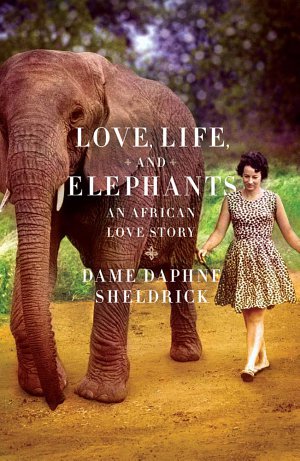
Image: Creative Commons Google : Love, Life, and Elephants by Dame Daphne Sheldrick
Images credits: including photos of little OLMEG the elephant & Ithumba orphaned elephants Posted on CC Flickr 7 Photos : all copyrights held by Macmillan Books : Elephants from book Love Life and Elephants by Dame Daphne Sheldrick
Feature image : CC Google Love Life and Elephants by Dame Daphne Sheldrick
link to DSWT book
Advertisements Share this:
